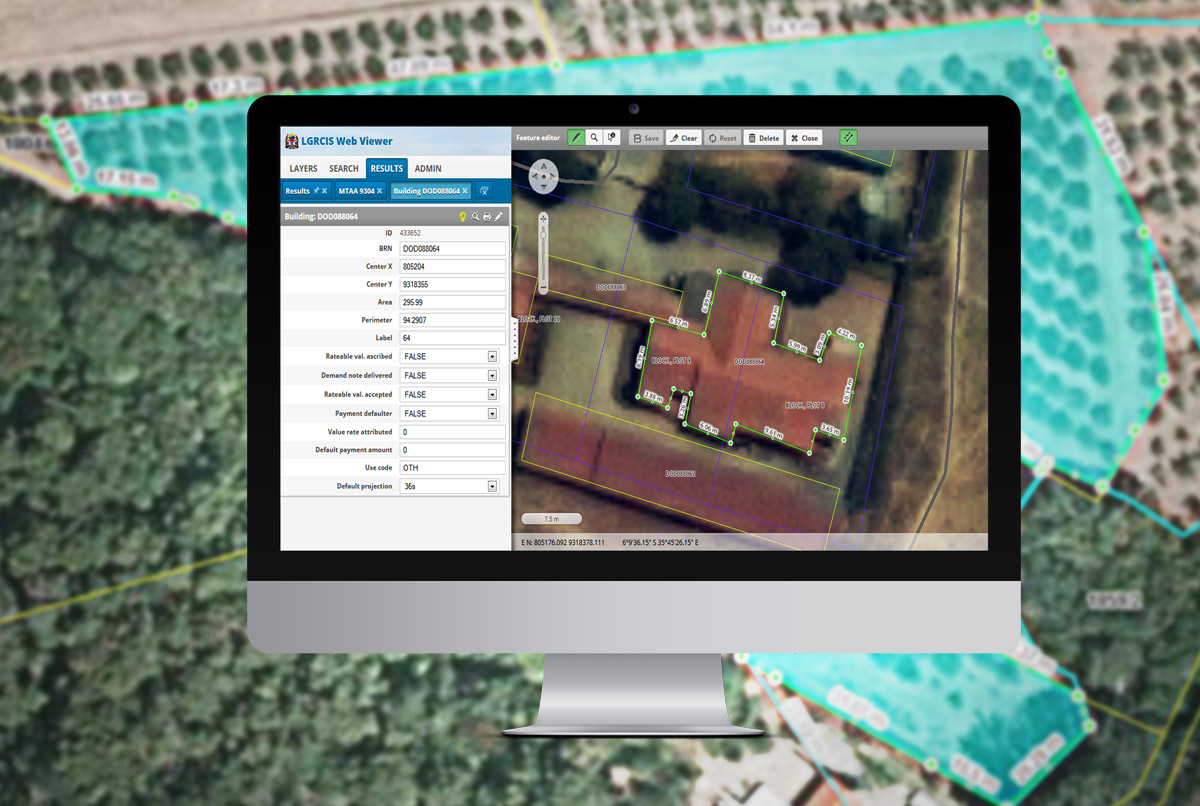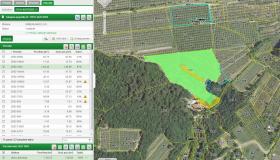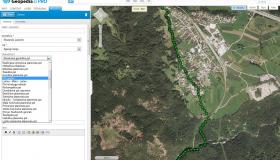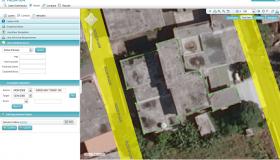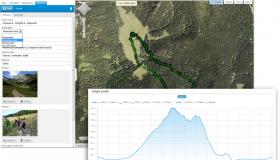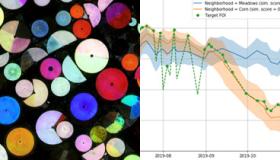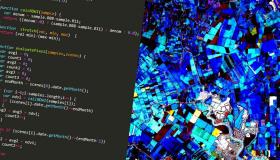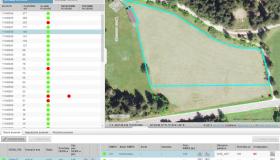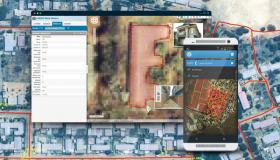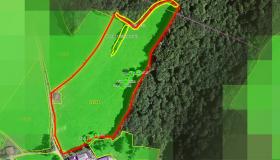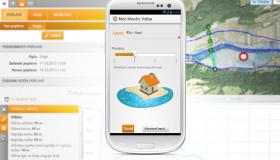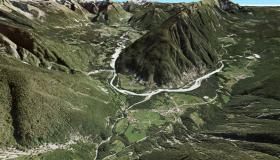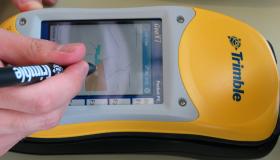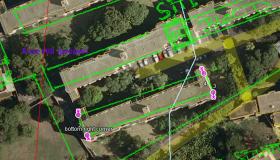Web based GIS editor
Giselle platform supports editing of a feature’s attributes and spatial information. This web technology (pure HTML/JavaScript) is beneficial when used by large audience – users who are not willing (or not capable) to install thick client application and when Java Applet is in the way. Sinergise’s web-based GIS editor merges smoothly into all standard web browsers (Firefox, Internet Explorer, Safari, Chrome, etc.). Advanced JavaScript and AJAX is used to provide best user experience.
At the server side, Giselle architecture is used to take care of raster tile manipulation and to process vector data – both in order to minimize internet traffic (supports low bandwidth) and to optimize client’s engagement.
Web editor is much more complex system than web viewer because of it's ability to edit spatial data and geometries. This way each user can add, edit or delete certain points on map. Nowadays we can find many common technologies which are based on HTML5 technology. This becomes a problem when you're still trying reach out to users who still use older browser (IE8-). For this purpose we use mostly SVG and VML shapes for editing. This way we're to minimize the trouble for most of users how to manage web GIS editor.
Main functionalities of GIS editor:
- add, edit and delete points, lines or poligons
- editing is based on user rights
- configuration of layers and other attibutes via XML configuration
- new attributes are checked against any constraints prior to updating, thus preventing many errors in the data
- option to snap different geometries to arbitrary vector layers to prevent topological anomalies (duplicate points, slivers, kick-backs, spikes, etc. )
- edit attributes for individual types of geometries
- adding pictures to individual features
- selecting preset symbols or importing own symbols for points (SVG or PNG)
- import and export of features (SHP, CSV, XLS)
- setting styles for individual layers
References:
- Geopedia
- ARSO editor
- SVIS editor
- FURS dangerous organisms

